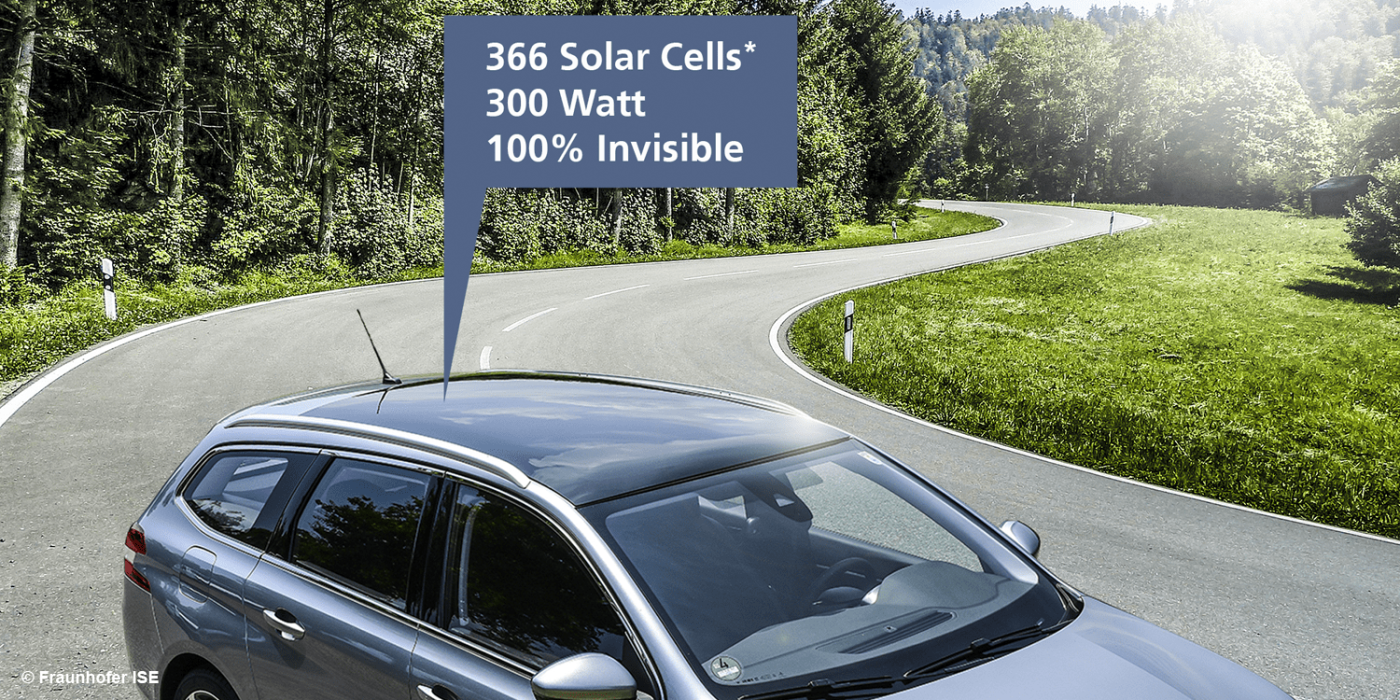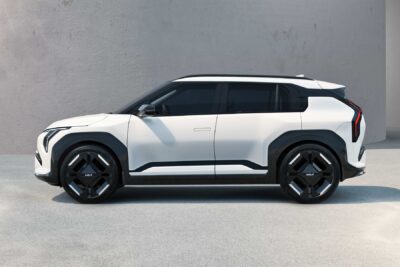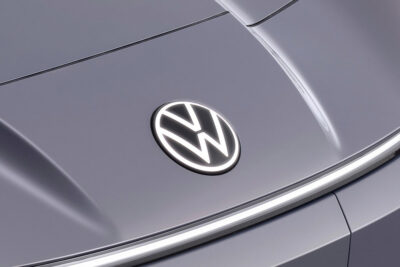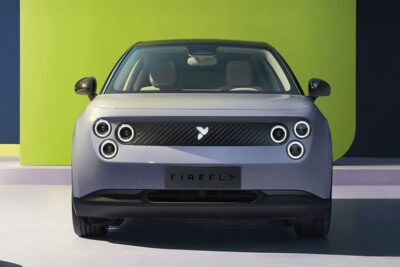Fraunhofer develops solar roofing for EVs
To improve the range of electric vehicles, the Fraunhofer Institute for Solar Energy Systems ISE has developed a car solar roof with highly efficient solar cells. However, the greatest effects only occur over short distances.
The roof can be individually coated in any color, whereby the solar cells are invisibly integrated into the pre-formed solar roof. With a rated output of around 210 W/m², the roof can supply electricity for around ten km on a sunny day in a mid-range electric car. Projected over a year, the Fraunhofer ISE estimates that “the vehicle’s range can be extended by about 10 per cent” – or that consumption can be reduced accordingly for the same distance travelled. The calculation is based on the unshaded solar radiation in Freiburg (the location of the ISE), a consumption of the electric car of 17 kWh per 100 km and an annual mileage of 15,000 km.
“In order to realize a CO2-free energy supply in all sectors, we have to promote the expansion of photovoltaics vigorously, even beyond house roofs and open spaces,” says Institute Director Andreas Brett. “In the future, solar modules will be integrated into our already built environment even more, for example into vehicles.”
To ensure that as much of the roof area as possible can be used, the developers have minimized the distances between the cells. The Freiburg-based company relies on what is known as shingle nesting. Similar to a house roof, the solid-state solar cells are arranged overlapping, but in this case they are connected with a conductive adhesive. This should not only lead to a higher energy yield, but also result in an aesthetic overall picture.
In contrast to the solar cells previously used in cars, the special feature is that the cells are virtually invisible – they are completely concealed by an individual color coating. “The color possibilities are almost infinite,” says Martin Heinrich, head of PV for Mobility at Fraunhofer ISE. The loss in efficiency is only seven per cent.
At the IAA, Fraunhofer ISE will present two solar car roofs in different colors.





2 Comments